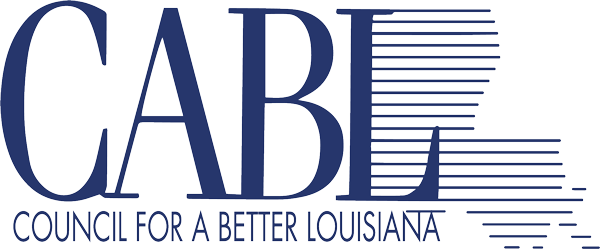
For weeks people from across the state with diverse interests in what goes on in state government have been waiting to see the revisions members of the House budget committee would make to the governor’s executive budget.
For weeks people from across the state with diverse interests in what goes on in state government have been waiting to see the revisions members of the House budget committee would make to the governor’s executive budget.
Would they find more money? Would they find a more judicious way to make $600 million in cuts? Would they do something bold and transformative?
Perhaps not surprisingly, the answer was no, no and no.
In fact, the House Appropriations Committee pretty much did what’s it’s sometimes done in the past and approved a “faux budget” that appears to score some political points in one corner while exacerbating serious problems in another. That’s truly unfortunate.
Certainly a lot of people expressed a sigh of some relief when the headlines proclaimed that the TOPS scholarship program – threatened by a massive budget cut – would now be fully funded. Who wouldn’t be pleased with that?
The problem, of course, is that it really isn’t. In many ways, it’s yet another shell game similar to what we’ve seen before. Unspecified cuts are made here, a questionable funding scheme is used there, a public agency charged with fighting corruption is shuttered without so much as a public hearing – and the public is somehow led to believe that all is now well with TOPS.
At the same time, the state’s key-safety-net hospitals are placed in an even more precarious financial situation that if allowed to run its course would threaten closures, serious loss of services, potentially higher costs down the road and disruption of medical education in the state.
It doesn’t take a genius to figure out that this version of the budget is neither real nor honest, but it does tell us something we as citizens need to know.
One is that our budget problems are real and even some of the House’s most fiscally conservative members couldn’t figure out how to make them go away. Another is that cutting our way out of the situation won’t work. Whatever combination of cuts is proposed still leaves consequences that most agree are unacceptable.
And finally it tells us that at whatever point we get our spending aligned to our revenues, we need to make a concerted push for long-term fiscal reform. Much of our problem right now is the result of self-inflicted wounds. We need to put in guardrails that at least limit our seemingly irresistible propensity for shooting ourselves in the foot.
If one had to place a bet, it would probably be reasonable to wager that when all is said and done the final budget will look more like the one the governor originally presented, still with hundreds of millions of dollars in cuts, but with some degree of restored funding for TOPS.
Yet, these chronic budget games are getting tiring. To a large degree, citizens have been misled about our budget issues for the last several years. Now that we can’t really avoid them anymore and the current administration has painted a more honest picture of where we stand, we as citizens should be better equipped to make informed decisions about what the ultimate solutions might be. That’s good.
Unfortunately, this budget muddies those waters again. One can only hope that this time, we’ve finally figured out how to see through the mess.
